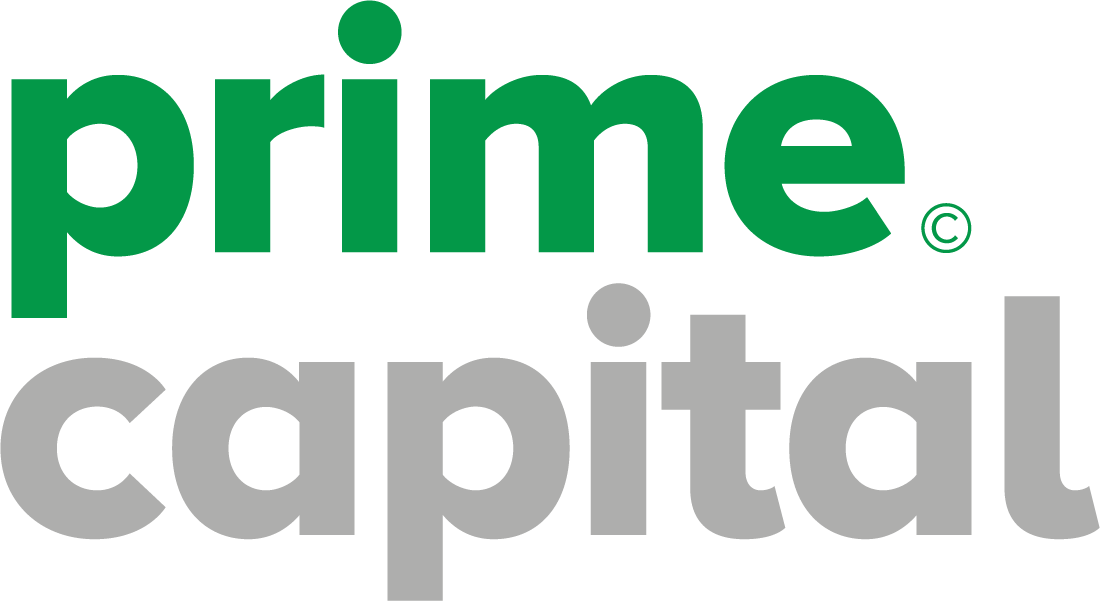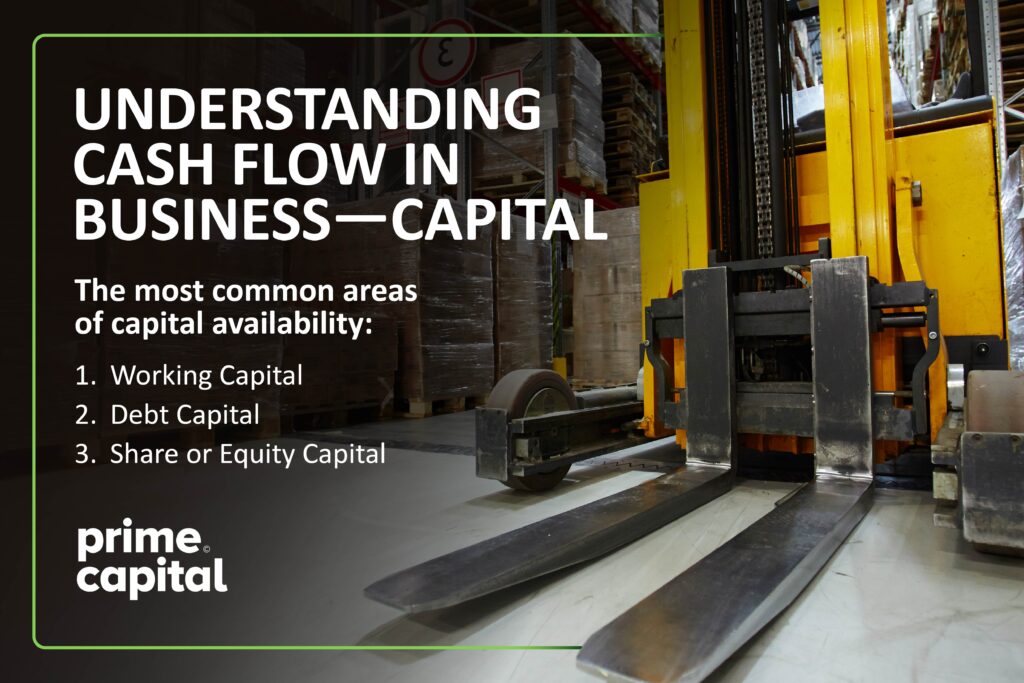In our previous blog, we looked at why a large percentage of businesses fail. It’s not through bad products, a lack of vision, or an angry spirit out to get us (even if it often feels that way). It comes down to securing capital and the next big two—capacity and continuity.
To borrow a phrase, you’ve got to spend money to make it, and that original money has to come from somewhere. To focus once again on capital to set the stage for our future discussion, we’re going to look today at different means of achieving capital and how your choice of sourcing initial funding will inform how your business will look for years to come.
Remember, I’m writing this as someone who has been a part of entrepreneurial lives and the heavy equipment leasing industry for 35 years. If you wanted to be part of an impersonal lending system like a bank, you’d already be on hold with them. And if you are on hold while reading this, congratulations! You might just have enough hustle to make it to the other side of your business journey sanely!
Let’s get on with it: Capital, part two.
Different Means of Raising Capital
Beyond your ability to persuade, charm, or otherwise raise money from friends, family, and futurists (believers in your idea), investors are looking for a little more certainty. That could be a proven market concept, a minimum viable product, or an idea with a moat (i.e. a defensive way to protect your intellectual property for as long as it takes to grow your market share).
You can make a road trip for your pitch sessions and vie for an investment from a group of external people or companies. You will learn more about what makes your idea good (or bad, or ugly), and you will learn some really important skills in presentation and thinking about how OTHERS see your idea.
But, venture capital raising is hard and often expensive. Not only that, but it is time-consuming. Remember those first two types of capital we discussed? Here’s another pit for them to fall into, and you’re not even out of the gate yet.
While the first raise is often easiest because, as a startup, it’s because investors are, by definition, your cheerleaders. After that initial hurrah, investors may expect you to start to make your coffers swell on their own to repay them or show viability to their investment. Excuses might dry up in your throat as they make higher and higher demands of your time and energy.
The downside to private or venture capital is frankly that your business may not succeed. If the investors are unhappy with how you are driving the business, they may replace you. In these cases, Venture Capital may not be the same as Patient Capital. The investment agreements of venture capitalists intend to protect them, not you.
If venture capital and the associated risks are not for you, keep in mind that raising capital to help you grow your business is not the only way to get going.
The best form of capital is revenue. Ideally, incremental amounts over time. At least enough to pay the bills, a cushion for emergencies (your business answer to the hurricane relief fund). Over time, ultimately, the goal is profits, which will help you replenish and increase your capital pool so that you are sustainable. Being sustainable, like being fed, watered, and clothed, means you wake up to your business alive and healthy.
Capital Availability and Small Business
Here are some ideas to frame the most common areas of capital availability and some tips on managing them:
- Working Capital
The Dos: Create a cash flow forecast (not a projected income statement). A good rule of thumb is that you need enough capital to deal with all the things you know and another 30% to deal with the things you don’t. Working capital needs to consider surges (i.e. busy periods that require more cash investment into inventory, trade shows, or delays on receivables from your clients).
The Don’ts: Having insufficient working capital is the biggest barrier to success. Do not shirk on your compliance payments, especially GST and payroll taxes. If done improperly, these can freeze up your entire company. If you need a boost in the form of a short-term loan, make sure you know all the terms and conditions. - Debt Capital:
The Dos: Borrowed Capital usually needs to be paid for now rather than later, so it is a less patient and flexible option than share capital or shareholder loans. When you are newer or in a contested market, expect your debt to cost a bit more. To be safe, forecast the cost of a portion of your acquired (i.e. borrowed) capital at double the rate you think is real. This gives you a bit of a moat if suddenly you do need to access capital that is more flexible, more available, and has fewer restrictions (but likely comes at a higher cost). That higher cost capital might only be temporary use, but it WILL be a way for you to get to a goal by building a moat around your idea or product and get into a defensible revenue position sooner than if you just grew purely organically.
The Don’ts: Never forget that whoever lends you that capital probably has other places they can use it. This capital has to come out of their earnings, so it’s doubly valuable to them to understand the nature of your debt and your plan for getting out of it. Again, know ALL the terms and conditions, and have a solid repayment plan built into your forecast. - Share or Equity Capital
The Dos: Remember that most incremental (borrowed) capital will come into play when you also have skin in the game. Shared risk is a reality in capital raising—each party guarantees the other.
If I am taking a chance on lending you my hard-earned capital (remember I have already earned it somehow and paid taxes on it, making it the END Of my hard work), keep in mind that I am more likely to risk If I think you are too. Then, we have a shared objective, leading toward a shared outcome.
The Don’ts: If you can’t provide capital as your skin in the game, keep in mind that the other person’s capital is from their side of the table. Be prepared to give something commensurate to those capital providers (shares, debentures, other types of convertible debt instruments that change from debt to equity) or other kinds of collateral that they know means you are on a level playing field with them. Your labour alone will often not be a fair trade-off for their risk.
Profits and Beyond
Once you are at the stage where you can
1. Operate from your profits, and
2. Be supported by good operating facilities and trade programs,
You can say you’ve made it!
Another benefit of having a profit-generating business is the ability to borrow from more conventional lenders (banks, leasing companies, equity partners) at market prices. Your ability to accurately project your capital needs is the literal golden goose.
Investors and lenders who are informed, getting reliable returns (interest is a return on that valuable capital), and do not have big (nasty) surprises in their near futures are generally very committed to doing more if they feel confident that they know what your business is up to and how its cash flow operates.
Prime Capital and Your Small Business Future
So, whether you are just starting or are trying to take a sober second look at where you are on the journey to accomplish great things, taking your capital idea and powering it with real capital is the path to success.
In the next blog, we will discuss how building CAPACITY into your business is the next important element.
In the meantime, we’re eager to get to know your business and assist you in the heavy equipment or office equipment leases that will put you firmly on the path to profitability. Contact us today to get started on building the future of your business with consistent, reliable capital at the forefront.



